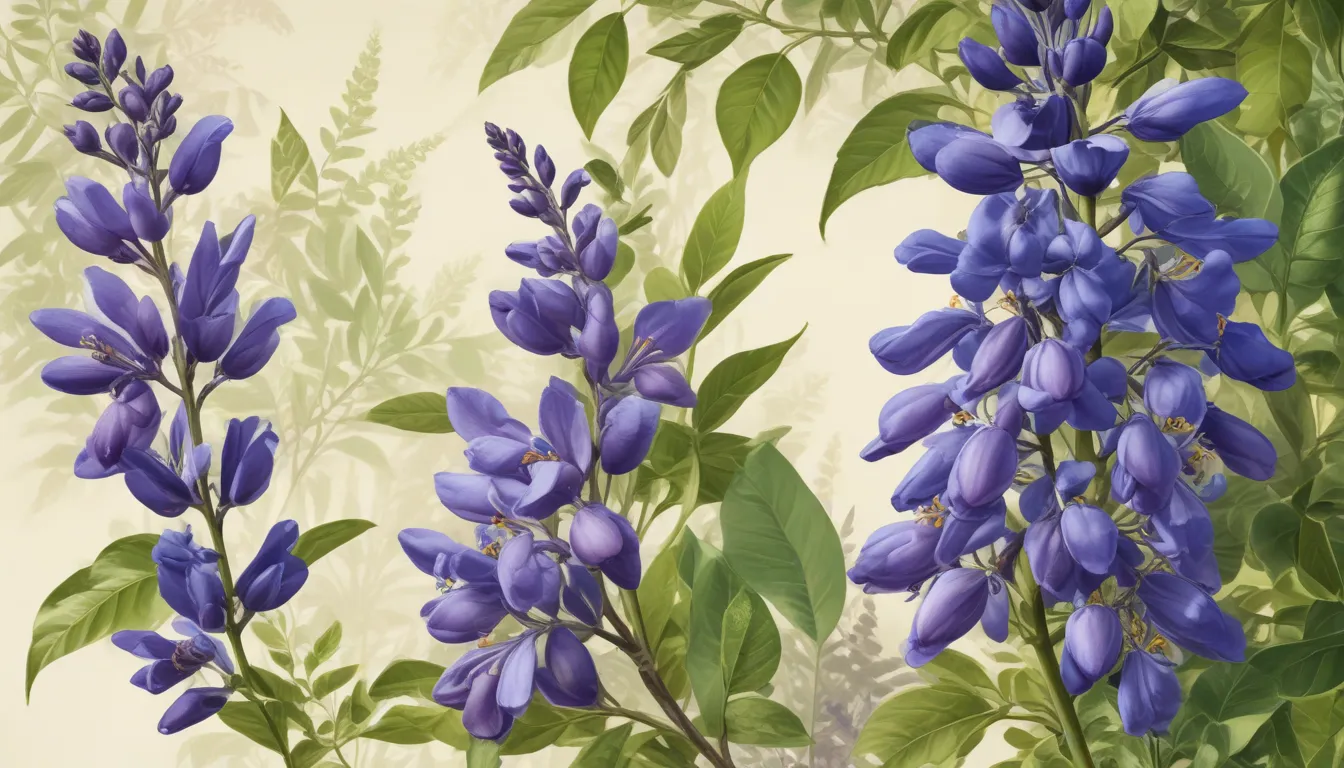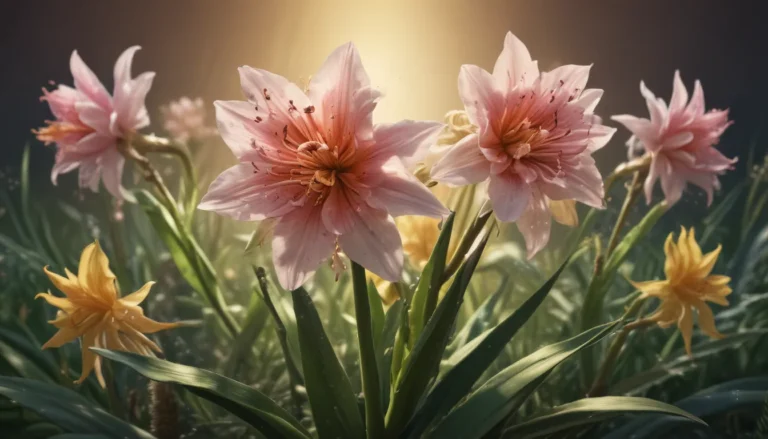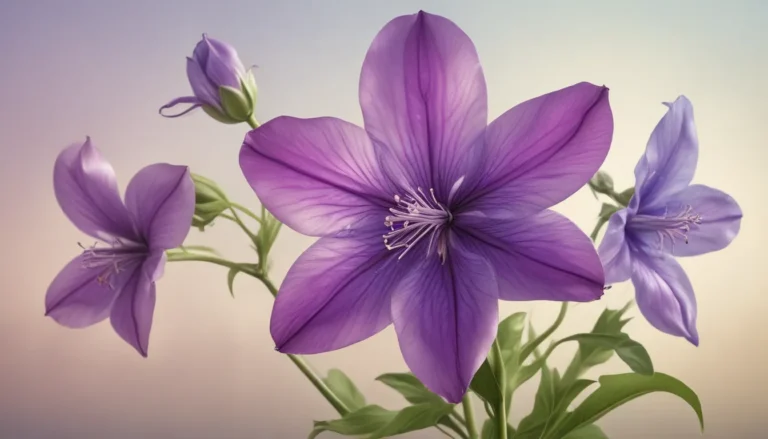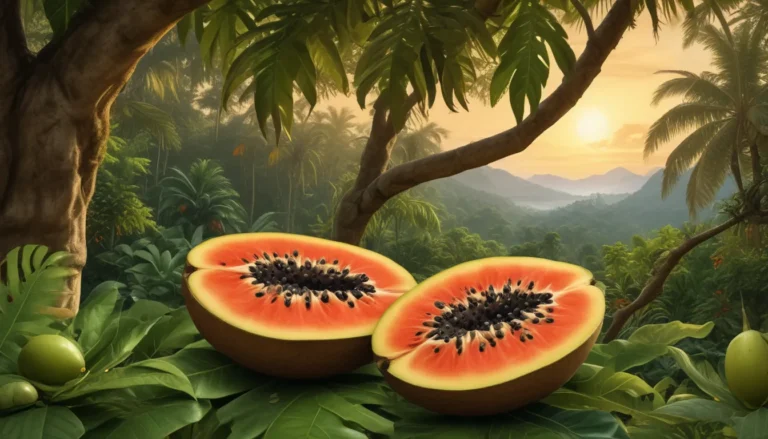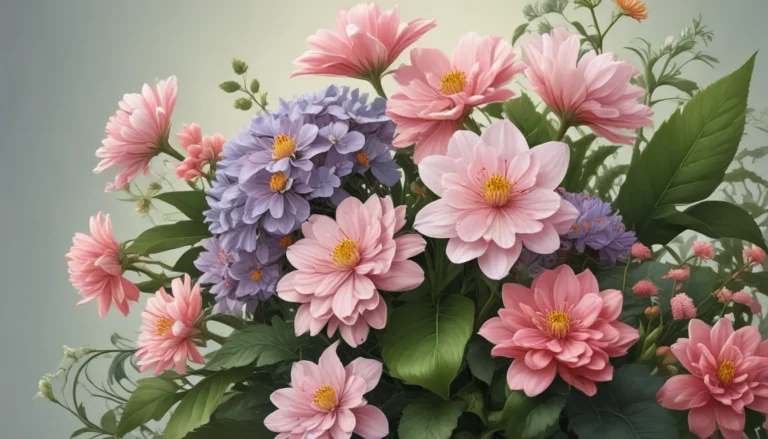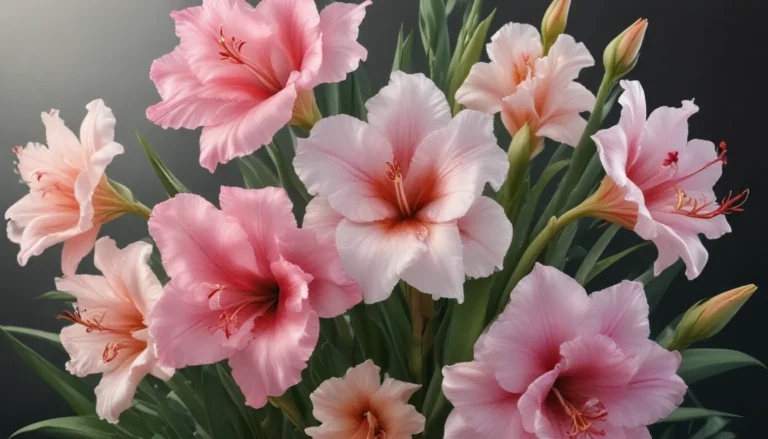The pictures we use in our articles might not show exactly what the words say. We choose these pictures to make you interested in reading more. The pictures work together with the words but don’t take their place. The words still tell you the important facts.
Wild Indigo, also known as Baptisia, is a captivating plant with a rich history and a plethora of remarkable characteristics. From its vibrant hues to its medicinal properties, Wild Indigo stands out as a star in the world of plants. In this article, we will delve into 8 astounding facts about Wild Indigo that will broaden your knowledge and leave you in awe of its wonders. Let's embark on a journey of discovery and explore the fascinating world of Wild Indigo.
Exploring the Marvels of Wild Indigo
Wild Indigo, scientifically known as Baptisia, is a stunning perennial flowering plant native to North America. Belonging to the legume family, this plant is renowned for its vibrant flowers and medicinal qualities. Let's uncover more about this captivating plant.
The Dazzling Palette of Wild Indigo
One of the most intriguing aspects of Wild Indigo is its diverse range of colors. From deep purple and blue to yellow and white, these flowers add a burst of color to any garden or meadow, attracting the eye and enhancing the landscape.
A Haven for Pollinators
Wild Indigo acts as a magnet for pollinators such as bees and butterflies. With its vibrant blooms and sweet nectar, this plant is a favorite among beneficial insects, enriching the ecosystem and supporting biodiversity.
Harnessing the Power of Medicinal Properties
For centuries, Wild Indigo has been a staple in traditional medicine. Known for its antimicrobial and anti-inflammatory properties, this herb has been utilized in natural remedies to promote healing and well-being.
Nurturing the Soil: A Nitrogen-Fixing Wonder
Wild Indigo plays a vital role in enhancing soil quality by fixing nitrogen. This process allows the plant to convert atmospheric nitrogen into a usable form for other plants, enriching soil fertility and promoting overall plant growth.
Thriving in Adversity: Drought-Tolerant Marvel
Well-adapted to dry and arid conditions, Wild Indigo is a resilient plant that thrives in xeriscapes and water-wise gardens. With its deep root system, it can withstand long periods of drought with minimal watering.
Symbol of Strength and Protection
In Native American cultures, Wild Indigo holds symbolic significance, representing power and protection. It is used in rituals and ceremonies to ward off negative energies and bring strength to those who cultivate it.
Embracing Simplicity: Low-Maintenance Delight
One of the key benefits of growing Wild Indigo is its low maintenance requirements. This hardy plant flourishes in various soil conditions and does not demand frequent watering or extensive care, making it an ideal choice for gardeners.
Unveiling the Beauty of Wild Indigo
Wild Indigo is a fascinating and versatile plant with a myriad of incredible qualities. From its vibrant flowers to its medicinal properties, there is much to admire about this magnificent herb. Whether you are an avid nature enthusiast, a dedicated gardener, or someone intrigued by herbal remedies, Wild Indigo offers a wealth of beauty and benefits worth exploring.
Inquisitive Minds: FAQs
- What is Wild Indigo?
- Wild Indigo, scientifically known as Baptisia, is a flowering plant native to North America, renowned for its vibrant blooms and enduring foliage.
- How tall can Wild Indigo grow?
- Depending on the species, Wild Indigo can reach heights ranging from 2 to 6 feet, influenced by environmental conditions and plant maturity.
- Are all Wild Indigo species medicinal?
- While many species of Wild Indigo have medicinal properties, Baptisia tinctoria is commonly used for its anti-inflammatory and immune-stimulating attributes.
- How is Wild Indigo used medicinally?
- Wild Indigo has been traditionally used to treat respiratory infections, fever, digestive issues, and skin conditions, available in herbal teas, tinctures, and topical applications.
- Can Wild Indigo attract pollinators to the garden?
- Absolutely! The colorful flowers of Wild Indigo beckon bees, butterflies, and other pollinators, making it an excellent addition to pollinator-friendly gardens.
- Is Wild Indigo deer resistant?
- Yes, Wild Indigo is considered deer resistant due to its bitter-tasting leaves and alkaloids, deterring deer and other browsing animals.
Unravel the wonders of Wild Indigo and delve into the enchanting world of Baptisia, a plant that not only enhances gardens but also supports ecosystems and promotes biodiversity. Embrace the beauty and benefits of this resilient plant as you discover its remarkable qualities that continue to captivate nature lovers and garden enthusiasts alike. Trust in the authenticity and reliability of our content as you embark on an educational journey filled with fascination and discovery.
